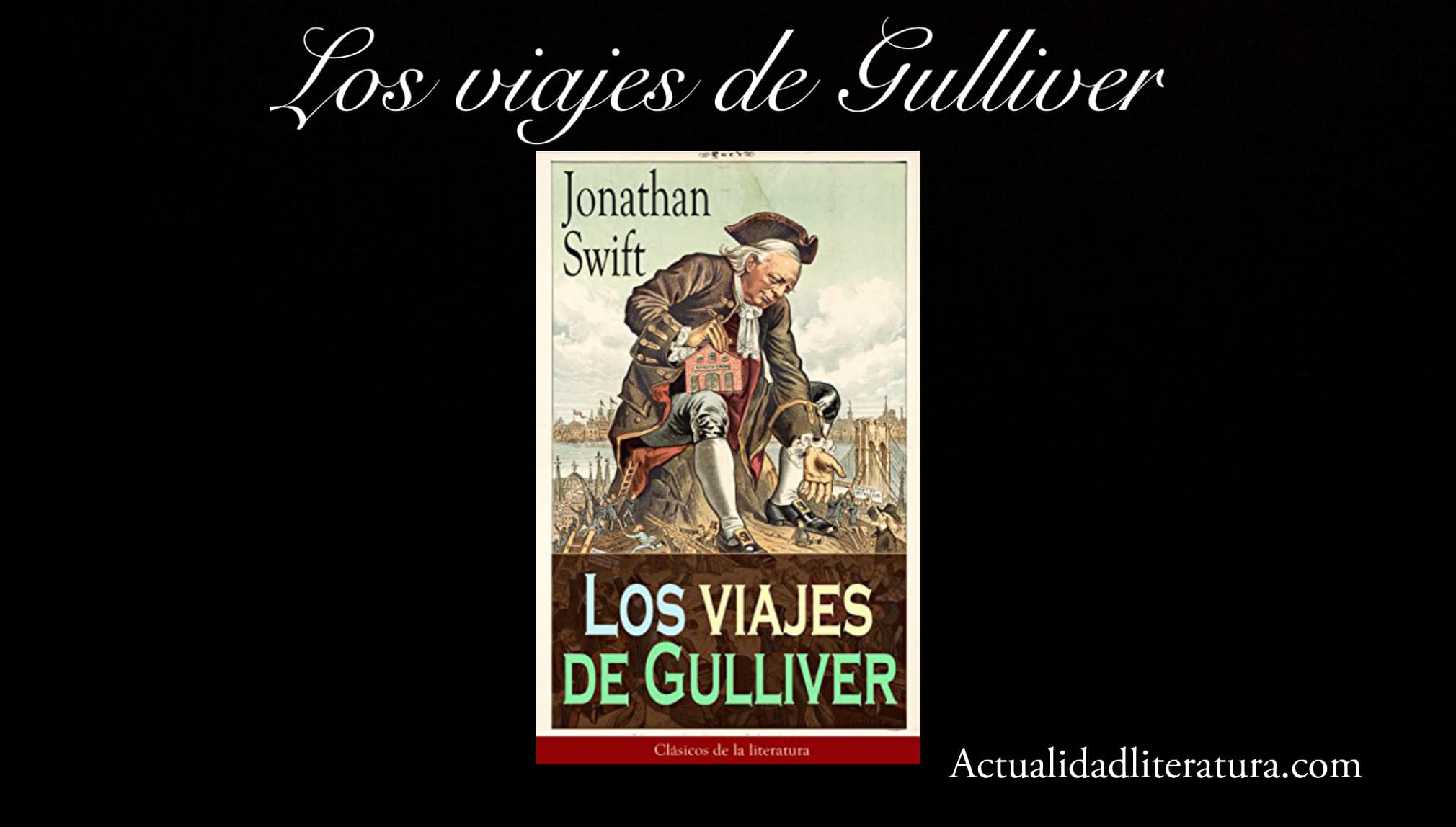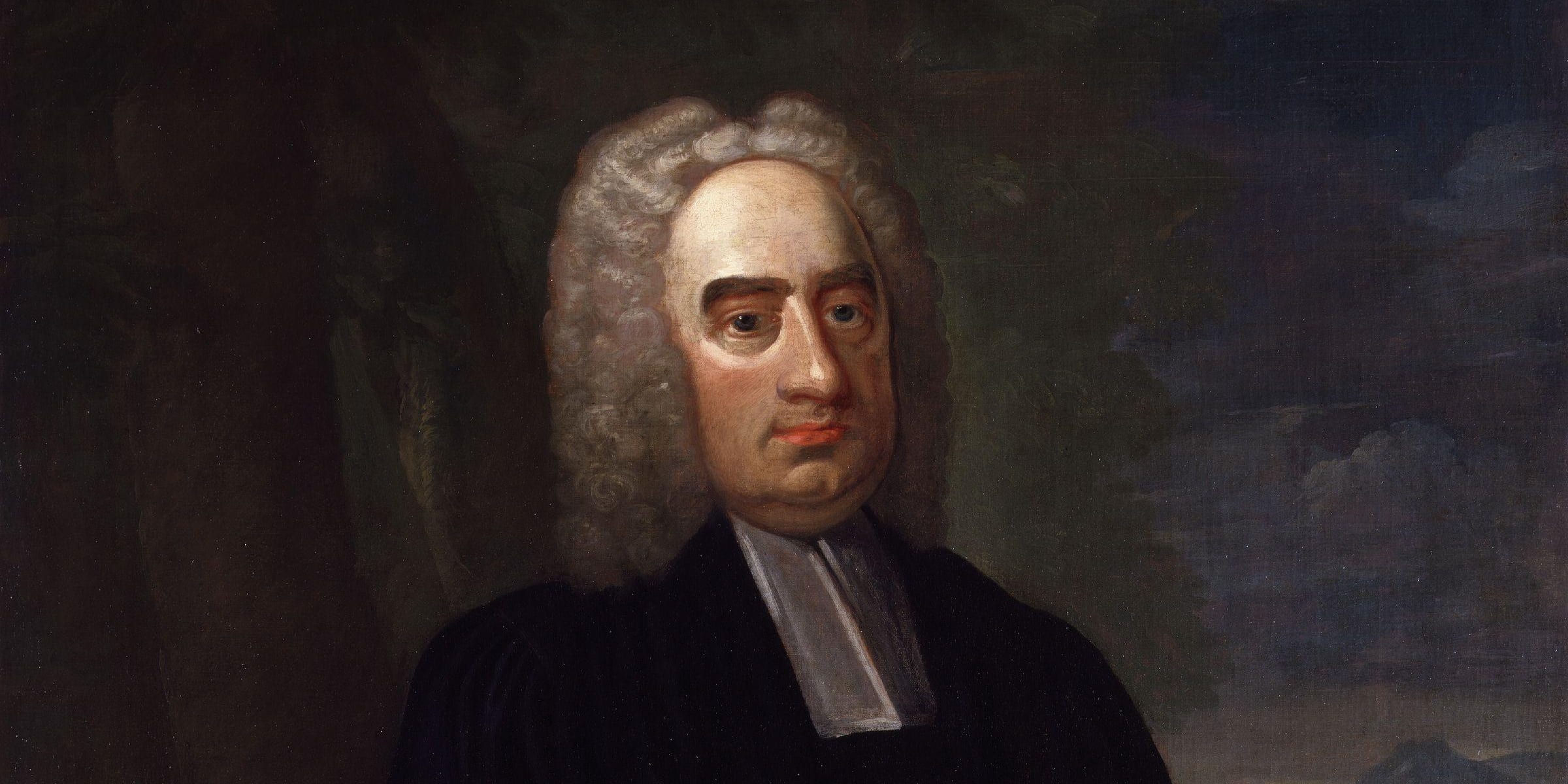
Gulliver's Travels
Gulliver's Travels is a prose satire, considered the most outstanding work written by the Irishman Jonathan Swift. It was published in October 1726 and since then its popularity has led it to become a classic of world literature. The author created the text as a mockery of "travel stories", adding strong criticism of customs, political methods, as well as human nature.
La novel is full of fantasy with touches of humor and imagination, for this reason, many assume that it is a children's work. Performer of this story is Lemuel gulliver, a doctor who, due to certain circumstances, decides to go on a journey. Throughout his journeys he will live great adventures and you will meet four peculiar civilizations, all very different from yours.
Summary of Gulliver's Travels (1726)
It is a satirical novel in which the four trips of a surgeon are narrated, who tired of the routine decided to embark on several maritime adventures. This work it is a classic of literature and it has been adapted on numerous occasions, both for film, television, radio, and for plays. Also, different authors have made sequels to the story, with new trips by the famous Lemuel Gulliver.
Synopsis
Lemuel Gulliver is a doctor married surgeon with children, Nottinghamshire native. The will make four trips in which he will live incredible e interesting adventures. In each of them you will end up on a different island, where you will meet four particular civilizations. These will make you reflect every time you return to England and question everything about your life.
First trip
In May 1699, Gulliver embarks on his first journey, for which it is board the Antelope. After a strong storm, the ship sinks and Lemuel must swim tirelessly until seeking solid ground. After navigating through turbulent waters, he manages to reach the shore, where he falls asleep due to the enormous effort made. The protagonist wakes up tied up and surrounded by tiny people: the inhabitants of Lilliput.
The next day, Gulliver meets the emperor of the island, with whom he sympathizes and gain confidence. It's easy for him to adapt; quickly learn the new language and customs. The doctor came to like the emperor so much that he decides to release him, but the admiral (with whom he did not ingratiate) sabotage everything, so that the emancipation of the giant is subject to certain conditions, which would not allow him to return home.
As time passes, a war breaks out between the Lilliputians and the Blefuscu kingdom. —Also with tiny inhabitants. At the expense of its large size, Gulliver captures the enemy fleet, earning him an honorary title. After refusing to turn Blefuscu into a Lilliput colony, Lemuel will jump between sides until he is able to restore a boat of his size with which he escapes and returns to England.
Second trip
Two months after returning to his family, Gulliver decides to embark on a new journey, this time in the Adventure. Again, a storm causes the ship to lose its course and end up stranded on the island of Brobdingnag. There everyone observes a gigantic person, who makes the crew flee in terror, while Lemuel runs to a field.
Being there, 22 meter tall farmer captures Gulliver to display as a circus attraction. He arranges to take him to the Queen, who immediately demands to stay with him as a pet. Being in the palace, Lemuel will go through many dangers due to his miniscule size. Thanks to an incredible circumstance, he will manage to reach the sea, to later be rescued by an English fleet.
Third travel
Months later — driven by certain family problems—, Gulliver resolves to travel again. This time, the ship is attacked by pirates and when fleeing will end in an unknown land. Lemuel travels the territory, when suddenly, a large shadow covers him, when he looks at the sky, find a floating island above him. After asking for help, some men throw a rope and manage to climb it.
This mysterious island was called: Laputa, in this community everything is handled through music and mathematics. Soon Gulliver grows weary of this strange community and asks to be returned to earth., where he visits Balnibarbi for a few days. Finally he decides to return to England, passing through Glubbdubdrib before visiting a magician, in addition to meeting the immortal beings called struldbrugs.
Fourth trip
Gulliver had decided to stay in England and never travel again. After a time of boredom, decided to return to sea, this time as captain of the ship. Shortly after sailing, a mutiny among the crew led to Lemuel being stranded on an island. There he will meet two different civilizations: the Yahoos and the Houyhnhnms, the latter are the ones who rule the territory.
Yahoos are human beings who live in the wild, always filthy and also unreliable. For its part, the houyhnhnms are talking horses, very intelligent and acting based on absolute reason. Gulliver combines perfectly with this civilization, and every day his aversion to the human race increases; although, finally — against his will — he is returned to England.
Biographical review of the author

Jonathan Swift
On Wednesday, November 30, 1667, Dublin City (Ireland) saw the birth of a child baptized as Jonathan Swift. His parents were Abigail Erick and Jonathan Swift, both English immigrants. Shortly before he was born, his father passed away, prompting his mother to return to England. But before leaving, the woman left the upbringing by Jonathan charge from Uncle Godwin.
Studies and first jobs
He was educated thanks to his uncle, since he lived his first years in extreme poverty. He studied at Kilkenny School and earned a Bachelor of Arts degree from Trinity College, Dublin.. In 1688 he returned with his mother to England, there, thanks to her he managed to work as secretary to the English writer and politician Sir William Temple, who was a distant relative and also a friend of his uncle Godwin.
In keeping with his duties as an upstart to Baronet Temple, He continued his university studies and was ordained as an Anglican priest in 1694. Tired of being a junior and not being promoted, he decided to return to Ireland to take over Kilroot parish. In 1696, he returned to Moor Park - convinced by Temple - to prepare his memoirs and letters before publication.
Swift worked with Sir Temple until his death in 1699. During those years gained extensive experience in the political, religious and literary environment of the city, which led him to become an important and influential figure. Also, in that time he wrote his first work, The battle between ancient and modern books, which was later published in 1704.
Literary race
Then the presentation of his first text, that same year began in satirical writing through his second book: History of a bathtub (1704). He served as editor-in-chief at the newspaper Examiner, where he published several articles in favor of the Tory government, of which he was an advisor from 1710 to 1714.
In 1726 he anonymously presented what would become his masterpiece: Gulliver's Travels. This led him to become one of the most important satirical exponents in the world. Through this philosophical tale, Swift made a parody of travel books popular of the time, in which he makes note of the misanthropic style that characterized several of his works.
Works by Jonathan Swift
- The battle between ancient and modern books (1697) (1704)
- History of a barrel(1704)
- The behavior of the allies(1711)
- The tale of the barrel (1713)
- Ragman's letters(1724)
- Gulliver's Travels (1726)
- A modest proposition (1729)
Death
From 1738 Swift began to suffer from a mysterious disease, which is presumed to be neurological in nature. By 1742, an eye tumor made it impossible for him to read. When he sensed his death, he said: "The moment has come for me to break with this world: I am going to die in anger, like a poisoned rat in its hole."
Jonathan Swift died on October 19, 1745 and he left most of his wealth to the poor. His remains rest in St. Patrick's Cathedral in Dublin.
